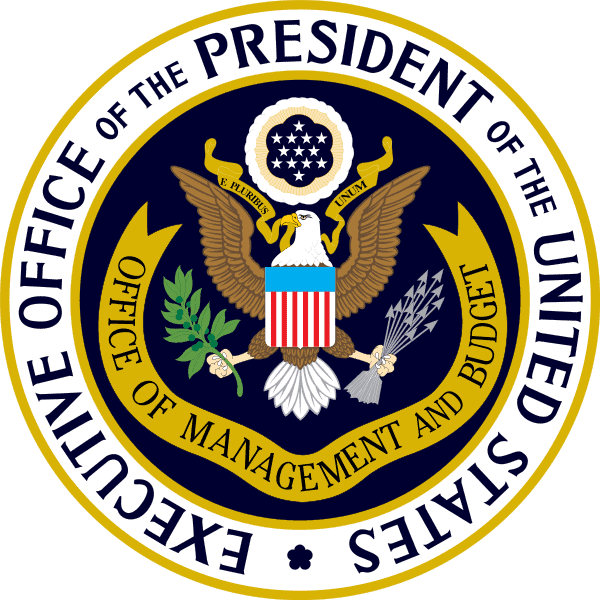Costs of Government Steering by Direct Ownership or Control of Resources

 If one thinks government ought to run a sector of the economy (single-payer health care, education, retirement, energy), then almost by definition that individual would not be inclined toward acknowledging regulatory costs of lesser interventions. The benefits will always exceed the costs in that mindset.
If one thinks government ought to run a sector of the economy (single-payer health care, education, retirement, energy), then almost by definition that individual would not be inclined toward acknowledging regulatory costs of lesser interventions. The benefits will always exceed the costs in that mindset.
Government intervention takes many forms along a continuum. Optimally, it can embrace ordered laissez-faire. Otherwise it might subsidize or form partnerships with some in the private sector while leaving out others (picking winners), or compete against the private sector (municipal utilities or broadband). It can “regulate” to varying degrees, or it can eject private enterprise altogether and run the show, such as the proposals for single-payer health care that effectively (and conveniently) turn doctors into government employees.
The extreme case of government involvement in the economy is outright control. The reality is that many progressives and socialists are in favor of that, which is the essence of why there cannot be agreement between statists and classical liberals on the costs of government regulation.
The differences in outlook are irreconcilable. The distinction between the classical liberal and socialist/progressive viewpoints on regulatory burdens is that viewing regulation as costly is inconceivable to those wishing government to run any sector that is “merely” regulated.
In “How to Articulate a Free-Market Vision for the Future,” Fred L. Smith Jr., founder of the Competitive Enterprise Institute, described some artificially created difficulties of addressing problems in today’s world, thanks to the overwhelming presence of government:
Classical liberal solutions are derailed by federal monopoly control over physical spaces and phenomena like aquifers, airspace, rivers and lakes, the electromagnetic spectrum, geosynchronous orbits, the oceans, wildlife, subsurface mineral rights on federal lands, and streets, bridges, and other infrastructure. Creating an ‘exit’ strategy to allow some experimentation would be modest but revolutionary.
The U.S. government exercises, for example, extensive control over lands, waterways, airspace, spectrum, and roadways, but we don’t have a good inventory or assessment of the implications of it all. To enable better discussion in regulatory and administrative state reform, identifying the proportion of sectors that are government controlled relative to private-sector shareholder controlled would be one important upgrade to agency processes like the Office of Management and Budget’s Circular A-4 guidance on “Regulatory Analysis.” Industries and sectors could be rated 1-to-10 from least-to-most government ownership/control. The more socialized, the closer to 10, and the more costly. As the Council of Economic Advisers put it in October 2018’s The Opportunity Costs of Socialism:
Even if highly socialist policies are peacefully implemented under the auspices of democracy, the fundamental incentive distortions and information problems created by large state organizations and the centralized control of resources are also present. … Lessons from poorly performing agricultural economies under socialist regimes carry over to government takeovers of other modern industries: They produce less rather than more.
For one example, the federal government owns and regulates access, transactions, and resource extractions involving a large portion of America’s lands. According to the Congressional Research Service, some 640 million acres are federally owned, about 28 percent of the 2.27 billion acres in the U.S. This includes 80 percent of Nevada; and 46 percent of 11 western states.
Mises Institute Fellow Dr. Mark Brandly notes that, while Texas is the second largest state, “the [Bureau of Land Management] and the Forest Service are both larger than Texas. And the fourth largest agency, the National Park Service, is larger than all but four states, Alaska, Texas, California, and Montana.” A consequence is that prices for resources, such as energy, “do not accurately reflect the underlying realities of resource availability.”
For another example, there is little private ownership in ocean resources, as the federal government owns sea beds off the coasts. While the U.S. did not ratify the Law of the Sea Treaty, Ronald Reagan’s Exclusive Economic Zone proclamation of 1983 established authority extending from three miles of the cost out to 200 nautical miles from state and territorial boundaries.
Government may not customarily own the means of production, but directing and controlling them and resources constitutes a major variant of, not the abandonment of private property, but the disregard of that institution in the first place. In order to better inform the adminsitratve state discussion and inquiries into the costs of regulations, cross-sectoral inventories of federal control of resources are needed as well as for economic/productive enterprises.
This post is part of a series on “Rule of Flaw and the Costs of Coercion: Charting Undisclosed Burdens of the Administrative State,” and comprises an element of A Brief Outline of Undisclosed Costs of Regulation.